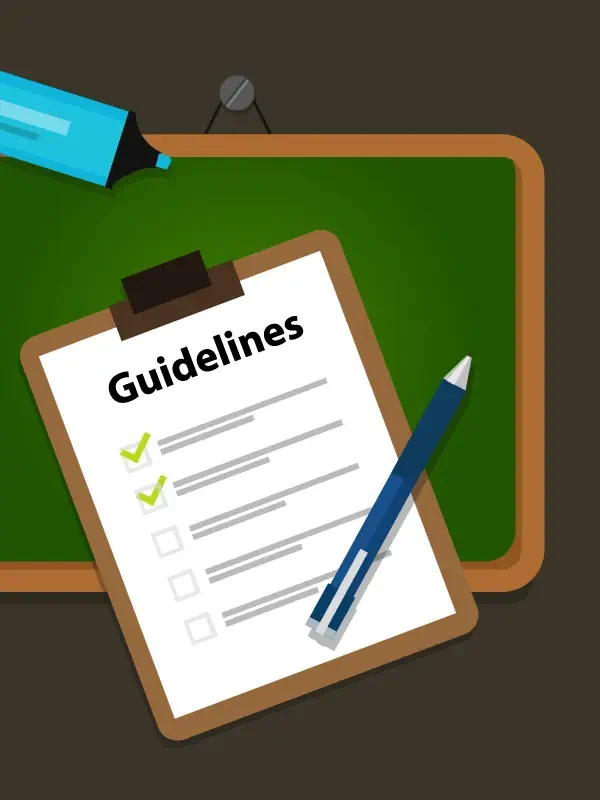Eligible injured workers in Queensland can access workers’ compensation benefits like income payments, medical and rehabilitation costs, and a lump sum payout. Our legal guide explains how it works and the eligibility requirements for a workers’ compensation claim.
The Workers Compensation Lawyers QLD offers a free initial consultation that can explain your eligibility to claim workers’ compensation payments. All our legal services come with a genuine 100% no-win, no-fee, no-risk guarantee. Pay only for a win and nothing if you lose. It’s free to learn your options.
An employee living with a work-related injury or illness may struggle with their condition and understanding their entitlements. At this time, a workers’ compensation benefits guide explains the financial support provided by workers’ compensation schemes.
In Queensland, an approved workers’ compensation claim can provide funding for:
The amount of workers’ compensation you receive for a workplace injury depends on several factors, including the terms of your employer’s workers’ compensation insurance policy. Our comprehensive guide to workers’ compensation benefits explains how it works, including eligibility for a lump sum workers compensation payout.

The benefits provided under workers’ compensation are comprehensive and can include:
Every state and territory in Australia has a workers’ compensation regulator that oversees the scheme providing insurance cover for employers in the event of a work accident. As a result, employees who suffer from a work-related injury or illness can access compensation benefits to support their recovery, including medical expenses and lost income.
Regardless of how they sustain an injury at work, most types of employees receive coverage.
If you are not working because of a work-related injury or illness, you could be eligible for workers’ compensation entitlements. However, you must meet the definition of a “worker” to lodge a claim. Broadly speaking, this includes:
You can seek legal advice to understand if you qualify for weekly compensation payments and other benefits.
In some cases, the Queensland workers’ compensation authority (WorkCover) offers lump sum compensation to resolve a work injury damages claim. In certain instances, you might be eligible for both a statutory lump sum payment and common law damages. However, this process does not happen automatically.
Lump sum payouts for permanent impairment range significantly, and injured employees may not understand their entitlements until they seek further assistance.
The Workers’ Compensation Lawyers QLD provides a free case review that can explain your rights and entitlements. Furthermore, all our work injury legal services come with a 100% no-win, no-fee, no-risk guarantee. It’s free to know where you stand. Call 1800 575 023
Workers’ compensation schemes cover a variety of benefits that address specific needs arising from work-related injuries or illnesses to help you return to your job.
The main types of workers’ compensation benefits can be broadly categorised into three areas:
The above areas address various aspects of recovery and support, providing comprehensive care and financial assistance to injured workers.
One of the main types of workers’ compensation benefits is medical treatment for injured workers. Workers’ compensation insurance helps pay these bills. Once a WorkCover claim receives approval, the following reimbursements could be available:
Rehabilitation services are equally important, helping to restore functionality and facilitate a successful return to work.
However, WorkCover may dispute the level of treatment required for recovery from a work accident or illness and deny funding. If you are injured at work, you should keep copies of all medical costs and records from medical specialists to substantiate claims.
You can receive weekly payments if you are injured at work, even if you continue to work reduced hours. Payments that replace lost income help employees manage their finances during the recovery period.
Weekly benefits will stop when the first of the following happens:
If you have a work-related injury or illness, you could be eligible for two types of lump sum compensation:
People with a Degree of Permanent Impairment (DPI) rating of 20% or higher can qualify for a permanent impairment payout and common law damages. Those rated less than 20% can either
An experienced workers’ compensation solicitor can explain your legal rights under the Workers’ Compensation and Rehabilitation Act 2003, including eligibility for a workers’ compensation payout.

In Queensland, there are several vital steps to receiving approved payment of workers’ compensation benefits.
The three main steps of the WorkCover claim process are:
You can find specific information about the claims process on your state’s workers’ compensation authority website.
The first step in the claims process is reporting the injury to your employer and the workers’ compensation authority (WorkCover).
NOTE: Your employer has eight business days to report any work-related injuries to QLD WorkCover; however, this may not activate your claim, as they need your permission to do so on your behalf.
After reporting an injury, the next step is to file a workers’ compensation claim. In Queensland, the time limit for lodging a WorkCover claim is six months from the injury date.
After lodging a claim, the medical assessment and approval process begins. Claims are typically assessed by the insurer within 20 days (as outlined by QLD legislation).
There are several time limits for workers’ compensation claims in Queensland. These are the general guidelines.
Lodgement dates can change based on your circumstances.
The Workers Compensation Lawyers QLD provides a free case review that can explain your specific time limits and entitlements. Call 1800 575 023

It can be complex to understand all your rights under Queensland’s work injury laws, particularly when it comes to whole person impairment and your employer’s legal obligations.
The Workers’ Compensation Lawyers QLD offer free initial advice that can explain the following:
Our ‘no win, no fee’ arrangement provides access to legal support without upfront costs. Call 1800 575 023
There are different workers’ compensation schemes in Australia for each state and territory, as well as three Commonwealth schemes.
Workers’ compensation schemes cover various benefits, with each having different laws and regulations. For example, in New South Wales, employers are required to have insurance coverage under the workers’ compensation regulator and the State Insurance Regulatory Authority.
In Victoria, you could be eligible to claim compensation even if you were the one who caused the accident. That’s because they have a “no-fault” workers’ comp scheme. Queensland, Western Australia and South Australia operate similarly.
When you are close to the end of a WorkCover claim, you could have a permanent impairment assessment. This medical evaluation is part of the assessment process for a statutory permanent impairment payout.
In Queensland, you must have a minimum level of 1% impairment to qualify for a payment. The amount is $3,987 for each 1% of impairment, regardless of whether you have a physical or psychological injury.
If your employer’s negligence causes you an injury at work, you may be eligible to file a common claim for work injury damages. Compensation for a common law claim usually exceeds that of a permanent impairment payment because it considers more compensation factors, such as past and future economic loss.
These claims are an additional entitlement to injured workers, separate from other workers’ compensation payments.
You should understand your legal rights and responsibilities before you claim workers’ compensation benefits, because the insurer may try to limit your entitlements.
During the claim process, you should cooperate with the work injury insurer and attend your medical evaluations, which will increase your chances of achieving your desired outcome.
From their head office in the Australian Capital Territory, Safe Work Australia develops information based on research to improve workers’ compensation schemes nationwide. They play an important role in enhancing the consistency of workers’ compensation schemes across the country.
The primary benefits for work-related injuries and illnesses covered under workers’ compensation include:
It is important to report a work-related injury to your employer within 30 days to avoid issues with acceptance of the claim.
To lodge a workers’ compensation claim, the claimant must provide a work capacity medical certificate that details how the injury or illness impacts their ability to work. A healthcare provider typically issues this document.
Workers’ compensation payments in Queensland replace your regular wages and are subject to taxation. However, taxation usually does not apply to lump sum payments for permanent impairment.
Workers’ compensation benefits are usually paid either:
A WorkCover lump sum payout for permanent impairment is the final settlement of a worker’s compensation claim. Eligibility to receive a payout and the payment value depend on the degree of permanent impairment.


